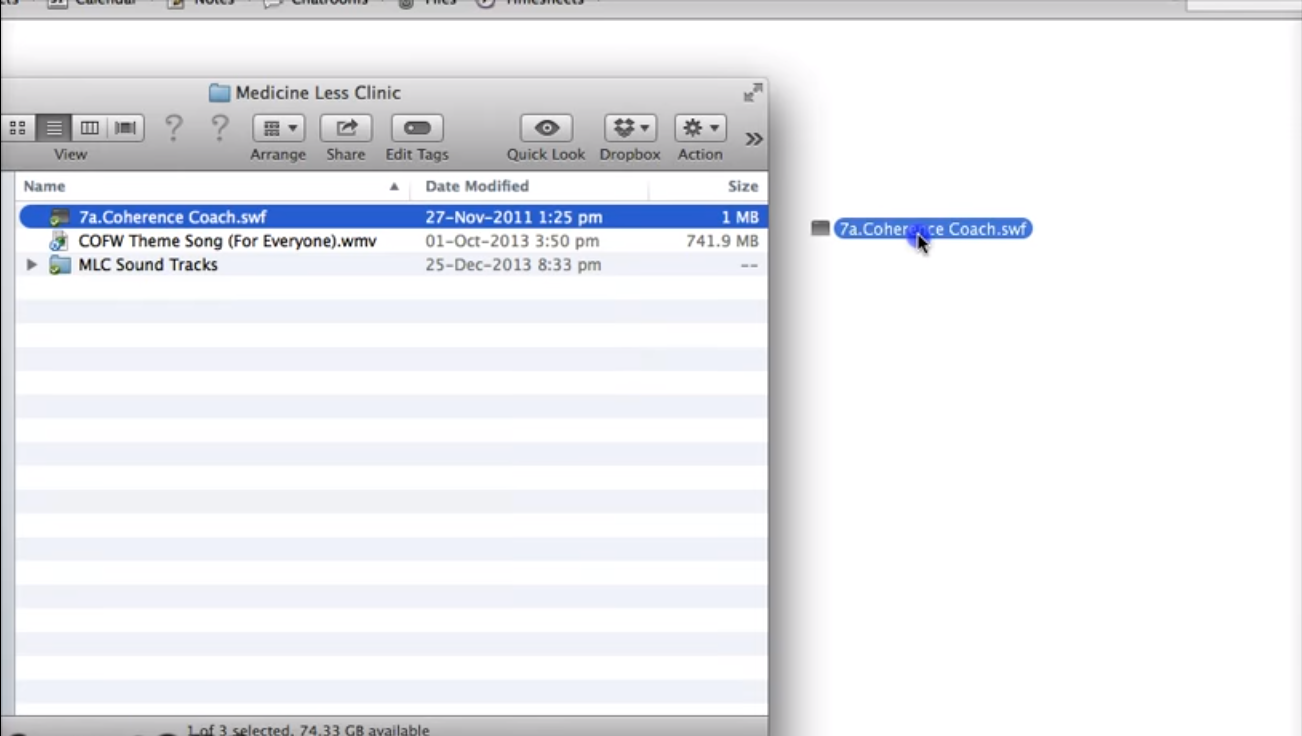Safari extensions add functionality to Safari, so you can explore the web the way you want. Extensions can show helpful information about a webpage, display news headlines, help you use your favorite services, change the appearance of webpages, and much more. Extensions are a great way to personalize your browsing experience.
This wikiHow shows you how to enable Flash Player on in Safari and Chrome for macOS. If you're using Safari, you'll need to download and install Adobe Flash Player from Adobe's website. If you're using Chrome, there's no need to install additional apps. Support for Adobe Flash ends in December 2020. Install Adobe Flash Player on Mac. In order to be able to play Flash Videos, you will need to. Nov 20, 2020 Open Safari and click the Safari menu at the top followed by Preferences. Click the Websites tab at the top. Under Plug-ins on the left, you’ll see an option saying Adobe Flash Player. Tick the box for this option and select On from the When visiting other websites dropdown menu on the right.
On the top Menu, click Safari. Then select Preferences. Click the Extensions icon, and then uninstall any recently-added suspicious extensions you want to remove. Click the menu on the top right corner. Then click More Tools → Extensions. A new Tab for Chrome’s.
Use the App Store to conveniently download and install Safari extensions. All extensions in the App Store are reviewed, signed, and hosted by Apple for your security.

How to install extensions
Start by installing the latest macOS updates to make sure that Safari is up to date. You need Safari 12 or later to get Safari extensions from the App Store.
Find and install an extension:
- Open Safari and choose Safari > Safari Extensions from the menu bar.
- The App Store opens to the Safari Extensions page, as pictured above. To download and install an extension, click Get or click the price. You might be asked to sign in with your Apple ID.
- Click Install.
- After the extension is installed, click Open and follow the onscreen instructions provided by the extension.
Then return to Safari to turn on the extension you installed:
- Choose Safari > Preferences.
- Click Extensions.
- Select the checkbox next to the extension's name.
All extensions installed from the App Store are automatically kept up to date.
How to turn off or uninstall extensions
Choose Safari > Preferences, then click Extensions.
- To turn off an extension, deselect its checkbox.
- To uninstall an extension, select the extension and click the Uninstall button. If you can't determine what an extension does, or you don't expect to use it again, you should uninstall it.
Learn more
Safari no longer supports most web plug-ins. To load webpages more quickly, save energy, and strengthen security, Safari is optimized for content that uses the HTML5 web standard, which doesn't require a plug-in. To enhance and customize your browsing experience, use Safari extensions instead of web plug-ins.
Flash Plugin For Safari Mac
Safari for Mac
Safari is included with your Mac operating system.
Updating Safari
To keep Safari up to date for the version of macOS you're using, install the latest macOS updates.
The most recent version of macOS includes the most recent version of Safari. For some earlier versions of macOS, Safari might also be available separately from the Updates tab of the App Store.
Reinstalling Safari
Flash Player Safari Mac
If you deleted Safari and don't have a Time Machine backup or other backup, reinstall macOS to put Safari back in your Applications folder. Reinstalling macOS doesn't remove data from your computer.
Disable Flash Safari Mac
Before reinstalling, you might want to use Spotlight to search for Safari on your Mac. If you find it, but it's no longer in your Dock, just drag it to the Dock to add it back.
Safari for Windows
Enable Flash Safari Mac
Apple no longer offers Safari updates for Windows. Safari 5.1.7 for Windows was the last version made for Windows, and it is now outdated.
